If you haven’t already, check out Teaching Comprehension, Part 1: Learning to Focus on Meaning.
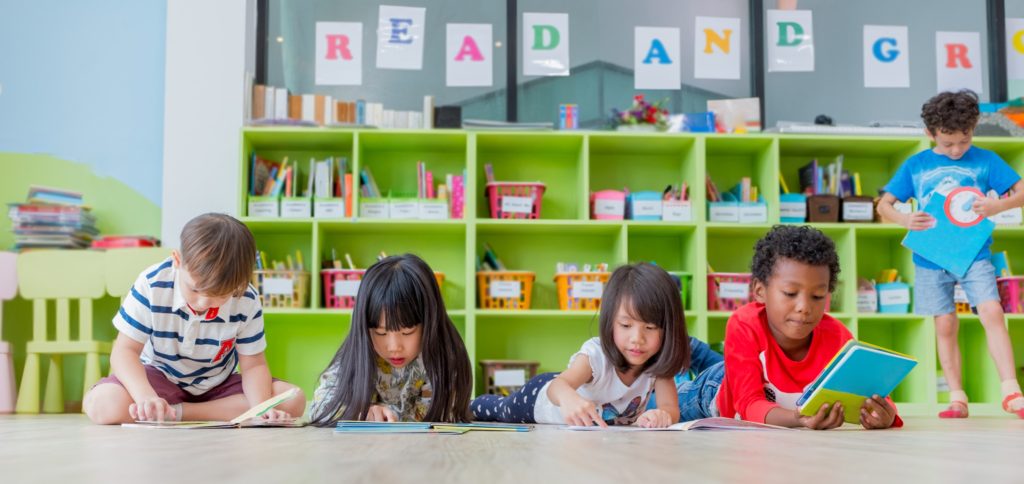
Once youngsters have learned to focus on meaning as they read, the next step I take in developing their reading comprehension is to teach them about different types of texts and how they are organized.
As I grew up, the meaning of long texts always seemed elusive. Understanding a chapter or article was like trying to catch a bunch of slippery eels that were wriggling through my fingers. I realize now that I was focusing on the individual words, and not the larger text.
So when I first heard about text structure as a reading teacher, it was an aha moment for me. Once I understood how to turn the text I was reading into a skeleton of a certain shape, my comprehension improved. I began to enjoy the challenge of searching for how authors organized their texts, and how the parts fit into the wholes.
Because text structure was and still is so important to me, I love teaching the concept to my students. I want to spare them the years of confusion about reading that I experienced.
How to begin? The order in which you do this depends very much on your students, but here are some ideas to get your started.
Fiction and Nonfiction
The logical place begin by explaining the difference between fiction and nonfiction. Some of this discussion can take place in the context of oral reading, since most nonfiction books are out of reach for beginning readers. Kids get confused with the term nonfiction, and tend to think it means not real. To get around this, I teach them that fiction is the same as fake (both begin with f). Therefore nonfiction means not fake.
It’s fun to explore different characteristics that fiction and nonfiction texts have. After children really understand the differences, you can ask, while introducing a new book, whether your students think it’s fiction or nonfiction. They might see photos and diagrams and predict that it’s nonfiction, or see illustrations of made-up characters and guess that it’s fiction.
Fiction Text Structure: Narrative or Sequence
The first true text structure I introduce is the narrative, or sequence, text structure. This story-telling structure comes easily to early readers because they are accustomed to hearing stories read to them and love telling their own stories about what happened to them. (”And then…and then…and then…”). Also, most books for the earliest readers are fiction.
I don’t use the technical terms narrative or sequence with my students. Instead, I start with the signal words first and last. (I know it’s grammatically correct to say lastly, but that’s too much for kids this age, so I fudge.)
My favorite materials for teaching text structures are physical or virtual sentence strips, word cards, and graphic organizers. The advantage of sentence strips is that you can mix them up and have the children put them back in order, making an abstract concept concrete.


After reading a short story, I ask the students what happened first and last in the story. We create sentence strips for the events in the story. Then we add First and Last word cards at the beginning of the sentences they composed.


Soon we add one or two more steps in the middle, with the signal words next and then. If the kids can handle it, I replace the word last with finally.




About the same time, I introduce the terms beginning, middle, and ending. We talk about what happened at the beginning and end of a story, and then what happened at the beginning, middle, and end of the story. This is a good time to talk about how stories often start with a problem a character has; in the middle of the story the character tries to solve the problem; and at the end, they solve the problem.
Children can draw or write on graphic organizers such as the free ones below, taken from TEXT STRUCTURE Sequence Graphic Organizers and Accordion Booklet:
Children enjoy creating a fold-up accordion booklet to show the sequence of a story they have read.
This resource incudes a graphic organizer for an accordion booklet like the one in the photo.
Writing with graphic organizers is another great way to reinforce students’ understanding of the narrative or sequence structure. They can create their own stories with the beginning (problem), middle (attempts to solve the problem), and end (solution); write step-by-step how-to paragraphs; or retell events in their lives in sequence.
Nonfiction Text Structures
There aren’t many nonfiction books for beginning readers, because they don’t yet have the decoding skills to unlock unfamiliar content words. The text structures you teach will depend on factors such as the time you have with your students, their reading level, and the books you have available.
But, even if you don’t have books with specific text structures, you can teach different ones through writing activities or readalouds.
- Description – Although description is a nonfiction text structure, descriptive passages can also appear in works of fiction. However, description is not a common element in books for beginning readers. One way to introduce description is through paragraph writing.
- Compare/Contrast – I don’t use these terms with my students, but this is a good time to introduce the terms same and different. The Venn Diagram and T-charts make the compare/contrast text structure easy to teach. Again, very few beginning texts have this text structure, but Trees is one. You can also teach the compare/contrast structure by looking for similarities and differences between books, characters, settings, fiction/nonfiction, animals, or foods.
- Cause/Effect – To me, this is the most challenging of all the text structures, maybe due to my dyslexic tendencies. (Ah! There’s a cause-effect relationship! 🙂) First of all, the terms cause and effect are not part of early readers’ vocabularies, so I don’t use this term and don’t teach causal relationships as a text structure. When students are far enough along to read the word because, we look at some books in terms of causal relationships.
In my book The Storm, for example, the cat hid under the bed because she was afraid of the storm. We use interactive writing to make a sentence explaining this with the word because. Then we turn the sentence around, using the word so. (BTW, of the 120 books I wrote for the Handprints series, The Storm is my favorite.)
- Problem/Solution – Most of the teaching I do with this structure is during discussions about story structure. The character has a problem at the beginning of the story, tries to solve it in the middle of the story, and solves it at the end of the story.
Main Idea and Supporting Details
The idea of main idea and supporting details is difficult to teach, or at least I found it so. Of course, the children have to be far enough along to read nonfiction texts. One way I like to do this is by using pocket chart or desktop sentence strips with the students’ names to demonstrate the differences. I ask the kids to look for the main idea and the details that prove the main idea.




Once I have used sentence strips to demonstrate the difference between main idea and detail sentences, graphic organizers come in handy, as well.
A Good Start
Of course there are many other comprehension strategies we will teach, such as predicting, questioning, visualization, and close reading, but I find that teaching about text structure is a good beginning. (Aha! There’s another sequence word!) Hopefully these suggestions have given you some ideas for your own comprehension instruction, and I bet you have some ideas of your own that I haven’t thought of! Feel free to leave them in the comments below.
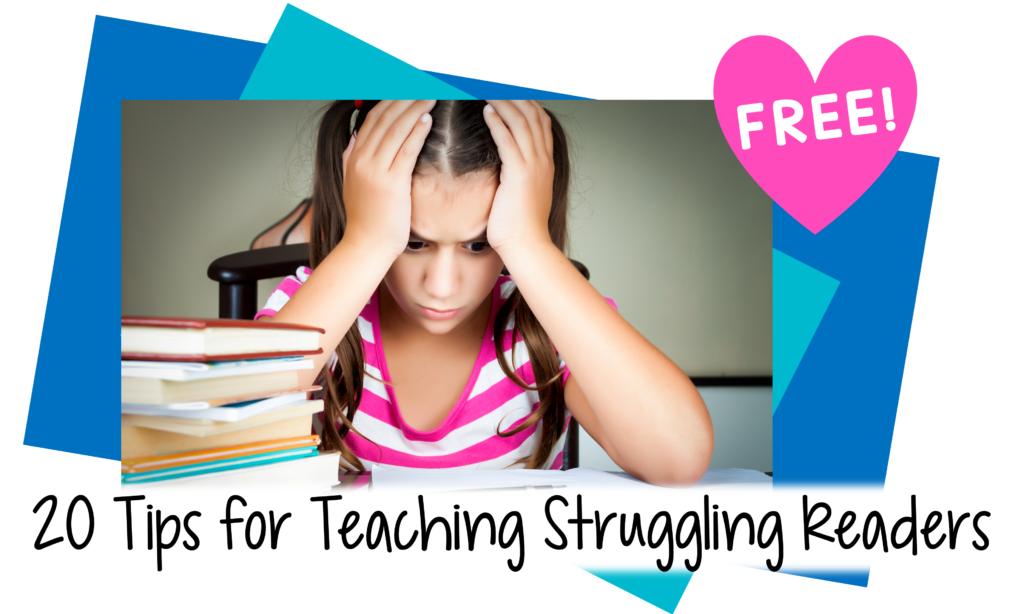

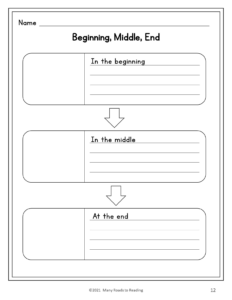
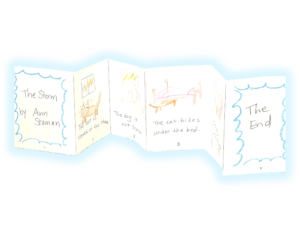
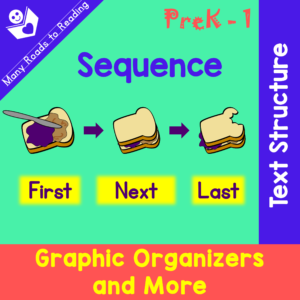

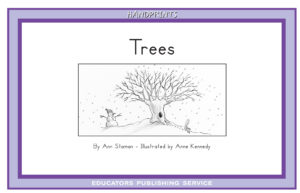
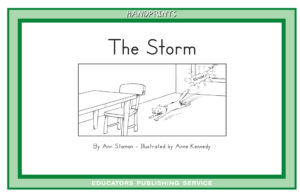
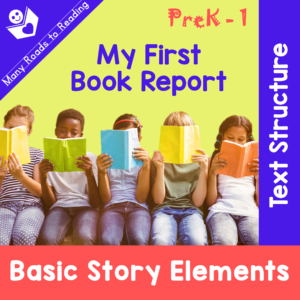

Leave a Reply